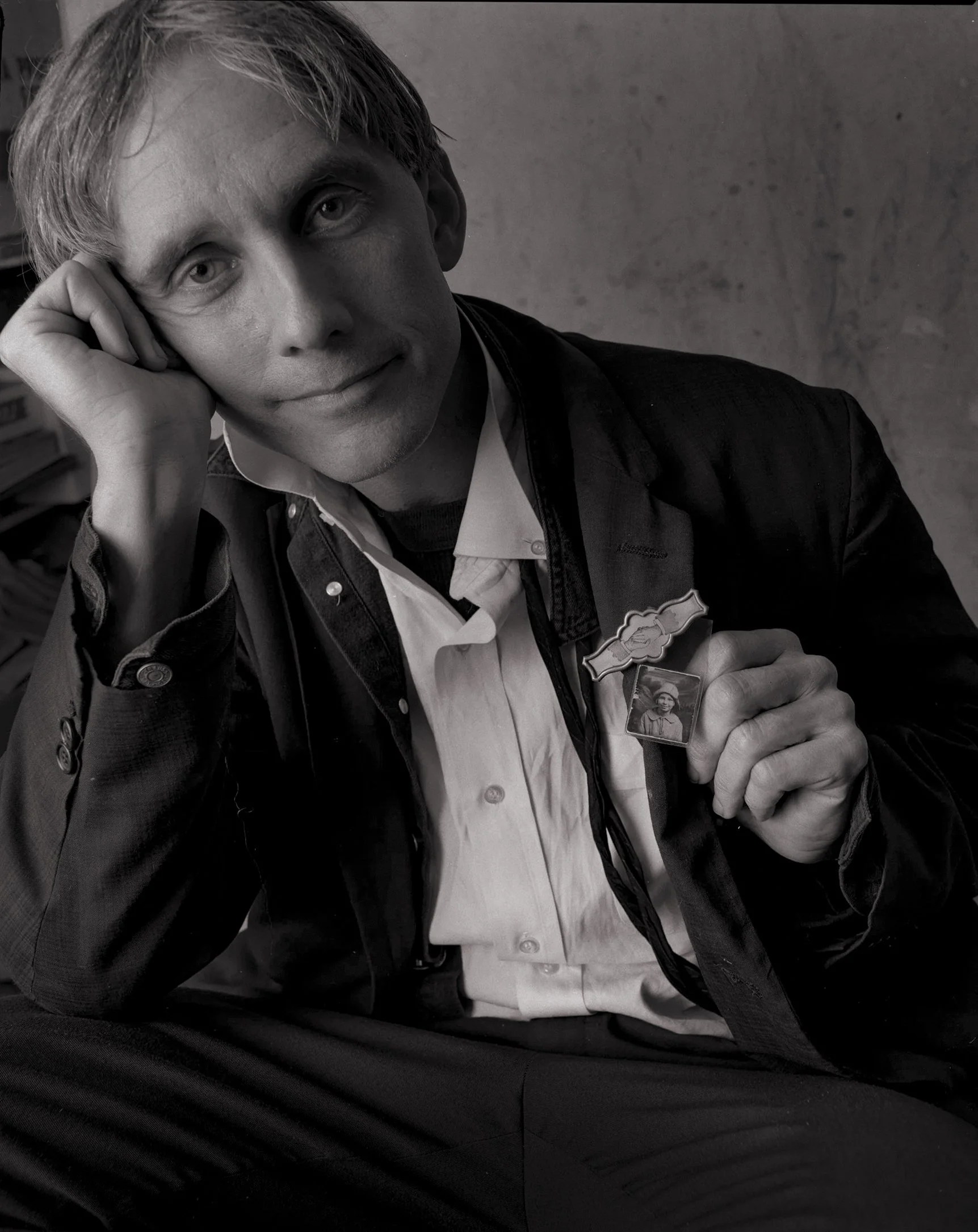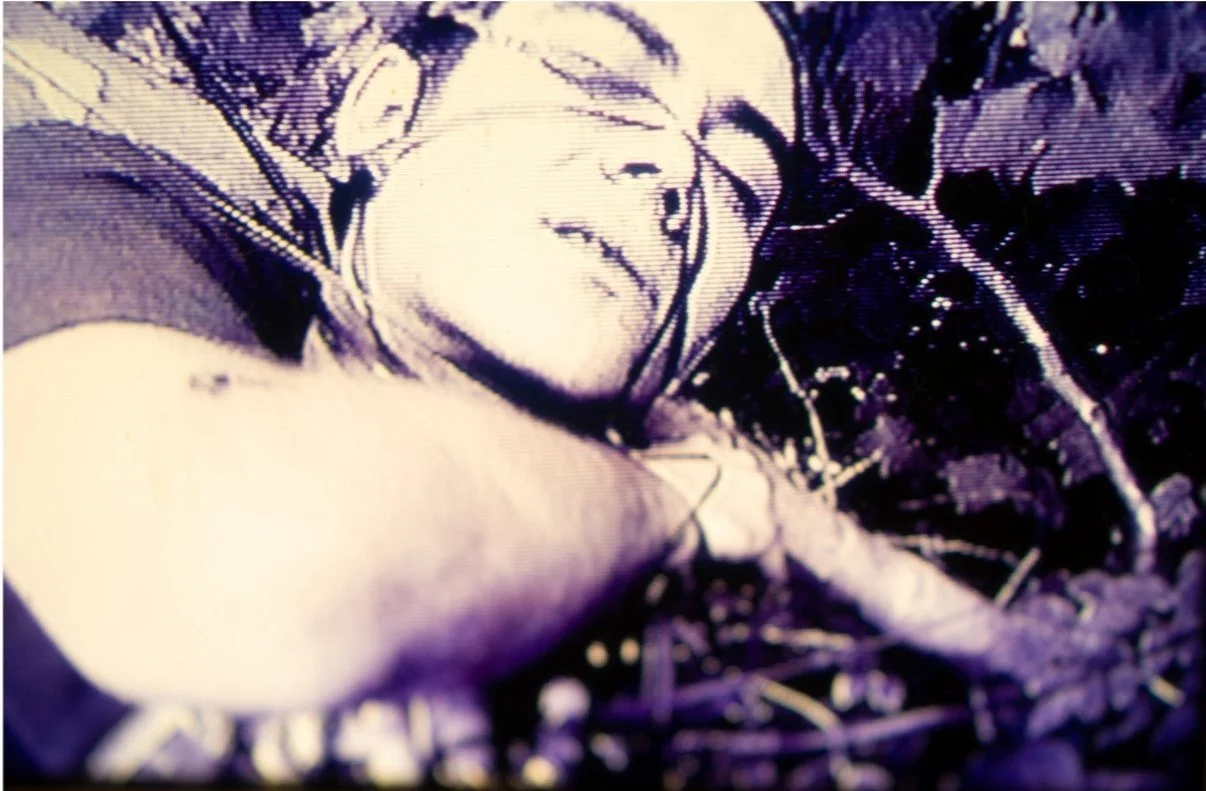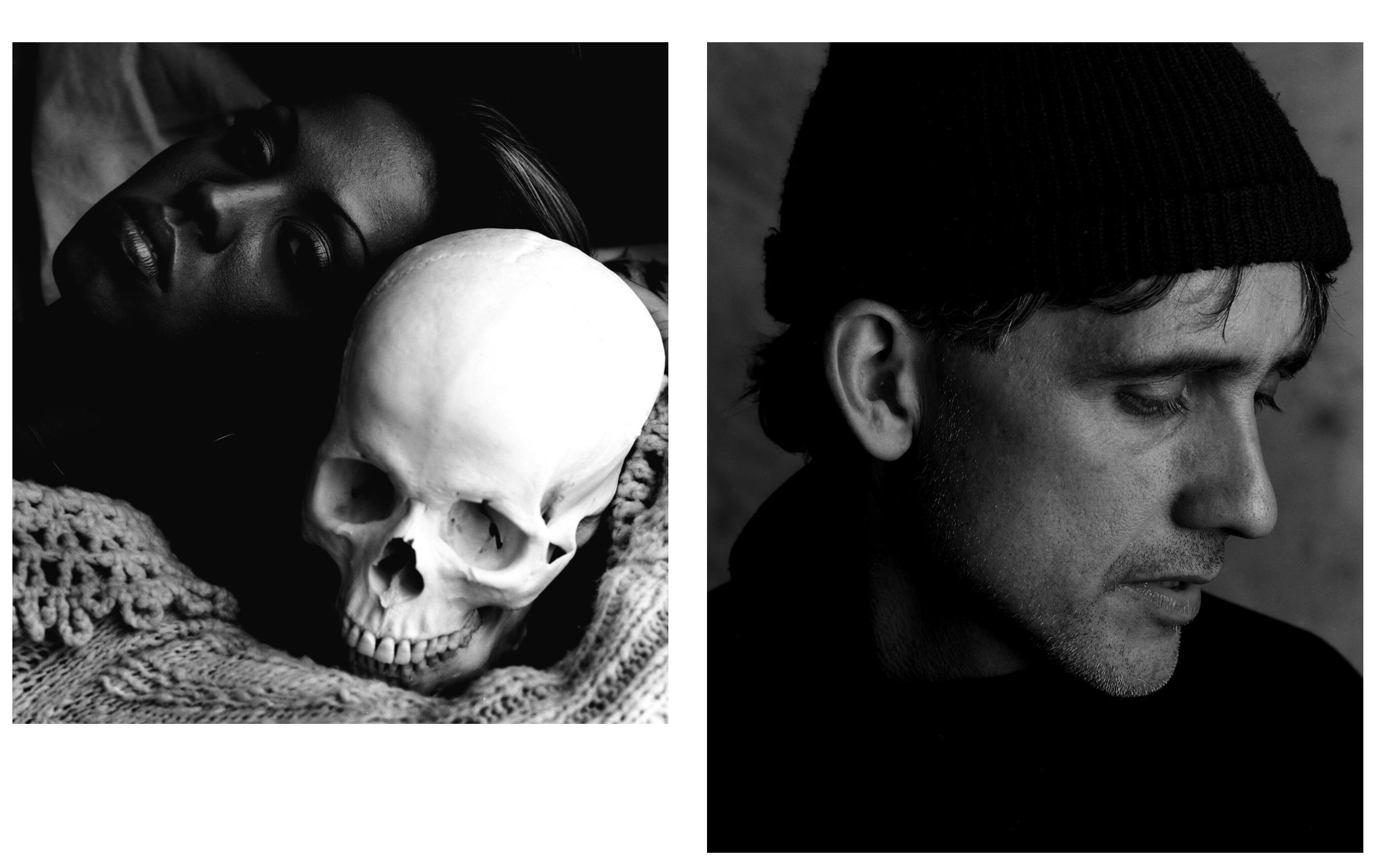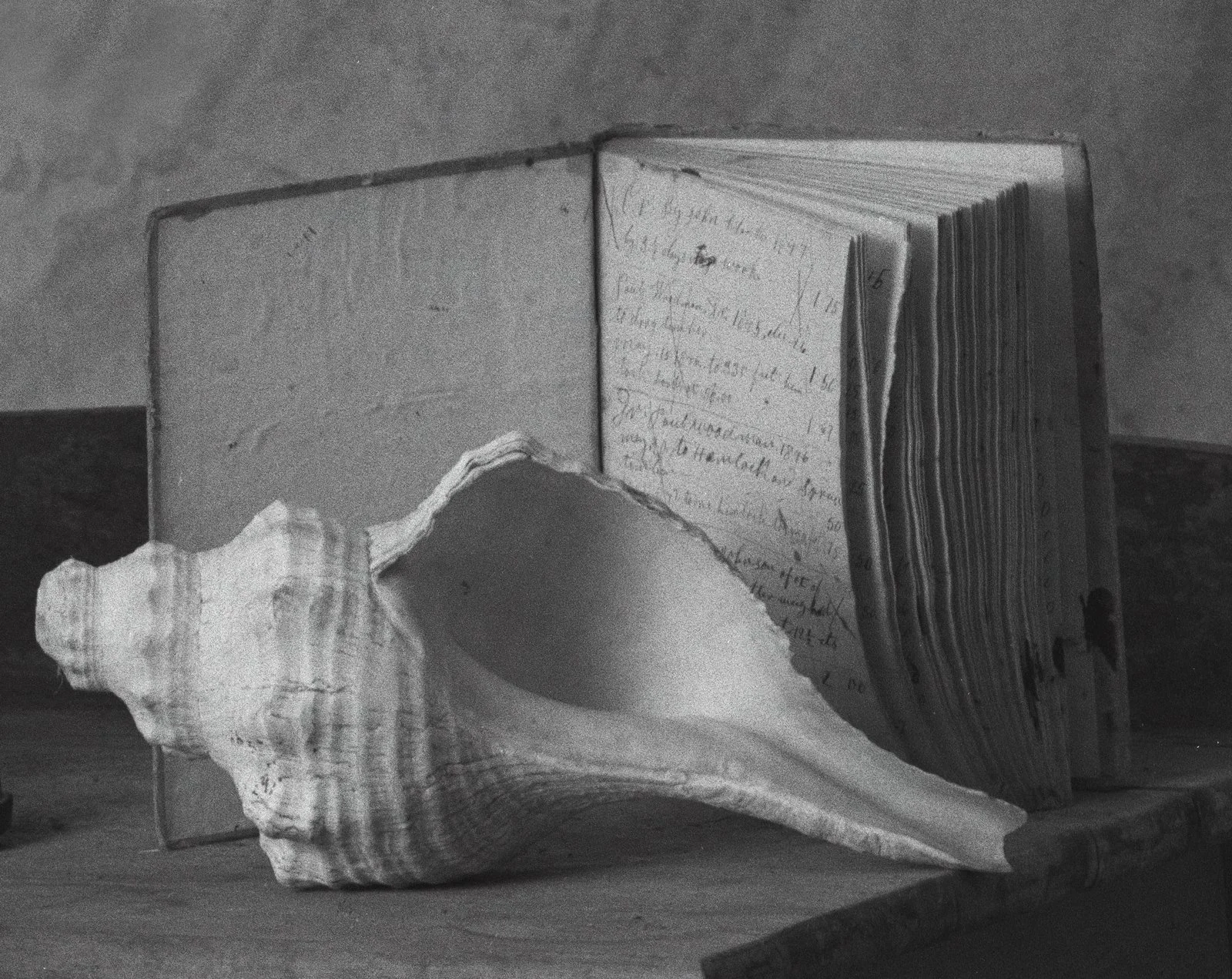From Athens to Virginia: The Psychological and Artistic Landscapes of Lee Matney
Early Years in Athens, Georgia
In the early 1980s, the college town of Athens, Georgia was a thriving petri dish of art and music, and it was here that Lee Matney’s creative journey began. Matney arrived as an English major at the University of Georgia but soon found himself drawn into Athens’ bohemian orbit, inspired by the eclectic community of artists and musicians around him. Central among these influences was Jeremy Ayers (1948–2016) – a figure who famously bridged Southern culture with the international avant-garde, having been part of Andy Warhol’s Factory (under the moniker “Sylva Thinn”) before returning to Athens to ignite the local scene. Ayers was a writer, performer, and photographer closely tied to legendary Athens bands like the B-52s and R.E.M., and his mysterious and powerful creativity immediately captivated the young Matney.
By the early 1990s, Matney had begun to explore photography in earnest, evolving from casual street photography into more staged and introspective imagery. He upgraded his tools – first a medium-format Mamiya 6, then a large RZ-67 camera – and Jeremy Ayers became one of his first portrait subjects in this new phase. Though Matney and Ayers were not extremely close friends, their artistic encounters on Athens’ College Square in 1991 sparked deeper conversations about art and image-making. Ayers’ presence was somewhat enigmatic, constantly prompting Matney to “question art”and push beyond the ordinary. For Matney, photographing Ayers was more than a portrait session; it was an entry into a psychological dialogue. Ayers, ever the shape-shifter, defied any single medium or persona – one day a photographer or songwriter, another day a performance artist – and this fluid creativity left an indelible mark on Matney’s own approach. In later years, Matney would recall how Jeremy Ayers’ influence was “highly influential” in prompting him to delve into medium-format photography and more conceptual work during his Athens days.
Developing a Distinct Visual Language: Black-and-White Images and Video Stills
Matney’s early works from the Athens period reveal a signature visual language that was at once intimate and cinematic. Predominantly in black and white, his photographs are often dramatically lit, tightly cropped or oddly angled, and zoomed in to arresting effect. He frequently focused on the human figure – producing penetrating portraits and allusive nudes – and imbued these images with psychological depth, as though each subject were revealing an inner narrative to the lens. Viewers noted a surreal quality in some of these works: through unexpected juxtapositions and fragmentary compositions, Matney’s images transcend mere documentation to suggest states of mind. Figures appear in moments of contortion or repose that “offer subtle glimpses into the archetypal states of the human subconscious,” as one reviewer observed. In other words, the young photographer was already striving to portray not just how his subjects looked, but how they felt. Matney’s bold use of contrast and shadow heightened this effect, capturing moods that range from sensuous confidence to pensive vulnerability. Each portrait or figure study became, in essence, a “psychological landscape” – a term later used to describe his work – mapping the interior world of his subjects as much as their outward form.
One striking aspect of Matney’s technique was his fusion of still photography with the aesthetics of motion pictures and video. “I try to integrate the immediacy of video into still photos to achieve a more diverse sense of the nude and the moment,” Matney explained of his process in the 1990s. This ethos led him to experiment with shooting video and extracting frames as photographs – effectively freezing instants of movement into haunting still images. The influence of early cinema is palpable in these works: critics remarked that Matney’s images “call to mind stills from 1920s-era cinema,” with their grainy textures and ghostly sense of motion persisting in a single frame. In one series, for example, he filmed a model named Sheila in 1998 and then printed select frames as large photographic stills. The resulting piece, Sheila (1998), possesses a flickering, almost otherworldly quality – the figure’s pose and blurred edges hinting that we are witnessing a fragment of a longer performance, a moment pulled from the flow of time. Such video-derived images allowed Matney to explore the tension between the transitory and the eternal. “The layering creates a psychological landscape,” he noted, referring to how he sometimes layered multiple exposures or video stills to evoke timeless, archetypal themes. Indeed, many of his compositions from this era carry Jungian undertones: one photograph places a beautiful young woman beside a deathly skull as a modern memento mori, intertwining sex and mortality, while another depicts a female figure wrestling with an overlong strand of pearls – an almost mythic vision of struggle and ecstasy. Through these symbolic setups, Matney was already probing the subconscious and the universal, even as he remained rooted in the personal stories of his subjects.
Key elements of Matney’s early style included:
A monochromatic palette with high-contrast lighting, lending his images a timeless, film-noir quality.
Unconventional angles and tight cropping that intensify the emotional impact and “capture distinct personalities and moods” from confident to searching.
The use of video stills and motion influences, which imparted an illusion of continued movement in a static photograph.
An emphasis on the human figure as vessel of inner life, often employing nudity and symbolic props (mirrors, skulls, pearls) to explore archetypal themes and psychological dualities.
Figure: One of Matney’s black-and-white still-life compositions from Athens (Still Life Detail, 1994). Even in quiet tableaux of objects, Matney creates a psychological tableau – here an open journal, a conch shell, and a crystalline orb suggest an introspective narrative or dreamlike scene. Such dramatically lit still lifes were exhibited alongside his figurative works, inviting viewers to contemplate memory and meaning in everyday artifacts.
It was during this fertile Athens period that Matney’s collaborations with Jeremy Ayers blossomed into a true creative dialogue. Ayers’ influence wasn’t only in posing for portraits; he became a sort of mentor-by-example for Matney. The two would meet and discuss art, exchanging ideas that challenged Matney to expand his conceptual horizons. In 1994, feeling the need for personal and professional growth, Matney sought Ayers’ advice. “Leave town for a few years, and you will find things are much better when you return,” Ayers advised bluntly. It was a suggestion to venture beyond the comfortable cocoon of Athens – to experience a broader world and then come back with fresh eyes. Matney heeded this counsel. In 1994 he packed up his budding portfolio and left Athens, marking the end of an era in his life. Unbeknownst to him, this departure would be the beginning of an important transformation.





